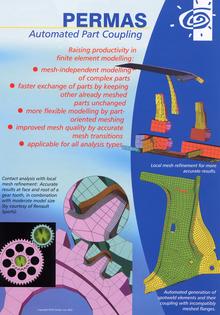Cookies are small text files that are placed on your computer by websites that you visit.
They are widely used in order to make websites work, or work more efficiently, as well as to provide information to the owners of the site.
This website makes use of cookies to monitor visitor sessions.
No personal information is stored in the cookie that is issued by the site.
The value stored in the cookie is an anonymous identifier, which is not linked to any other personal information you may give us during your visit.
If you do not wish to receive these cookies you can disable them in your browser, though doing so may affect the functionality of our website.
Most web browsers allow some control of cookies through the browser settings.
To find out more about cookies, including how to see what cookies have been set and how to manage and delete them, visit www.allaboutcookies.org (opens in a new window).


